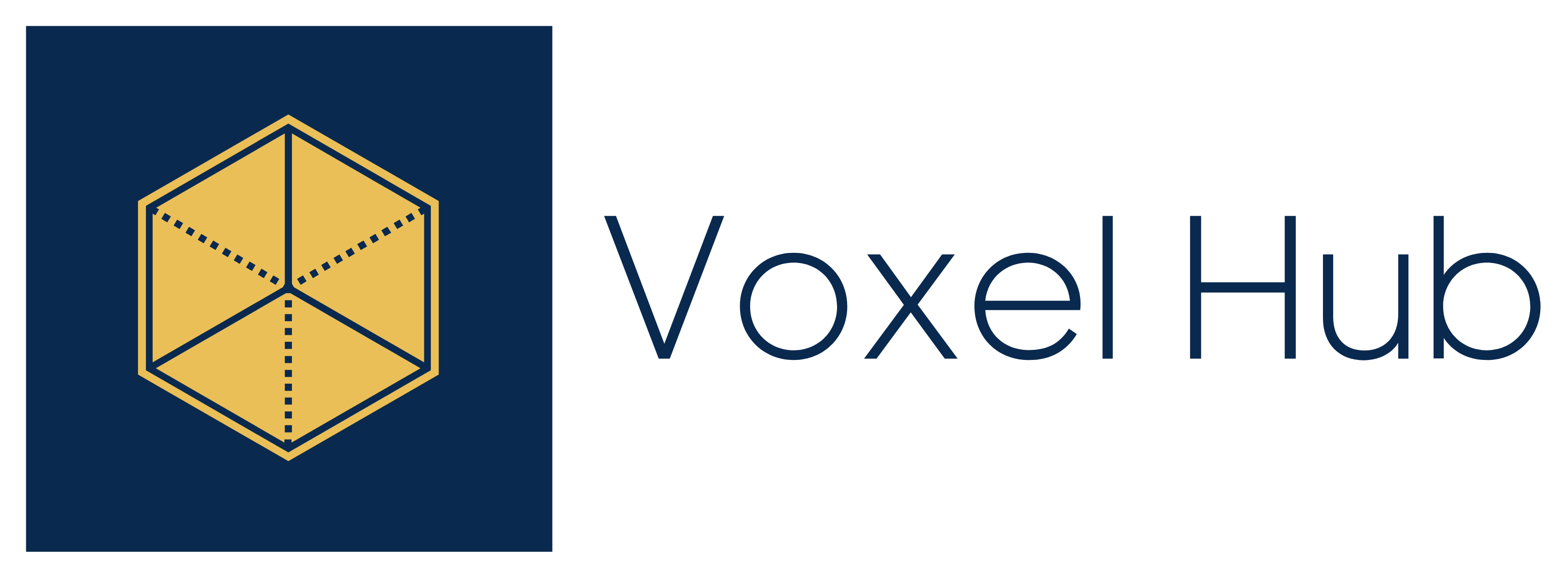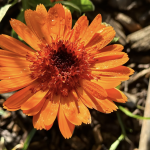On cycles, reflections, digital and humanity
Welcome back. It has been a while. A month, in fact.
A month of resistance not to post. You see, I started writing on Substack over a year ago to finish this autumn and publish the articles as a printed book – a digital wellbeing almanac, if you like. However, I’m not too fond of endings. Winter evokes grief anyway, and for me, the time between October and early January marks many anniversaries of losses – of close people, of significant parts of me and my identity. Both of my parents died in those months. I qualified as a counsellor this season (which shifted a lot in my inner world). A few months after receiving British citizenship in the early summer of a few years ago, in November of that same year the U.K. government introduced an immigration law which ended the certainly of citizenship of all its citizens (we can now lose the citizenship any time, with no explanation or right of appeal, and no information – we would only find out that it’s invalid upon the return to the country).
At this time, many more layers of loss resonate – this year and from all previous years. So ending the book project quite naturally resulted in resistance. Resistance is important and we have to listen to it. So I listened. I did not write for a month, avoiding the reality of the final post for the book. I sat with it. I made time to reflect on the end of this phase. Today I feel I am ready to wrap this first stage up and embrace this ending. I will continue posting on Subtack, so this milestone also begins a new cycle. In Nature when something dies it also signals a new beginning, a new life.
Symbolically perhaps, for a month I was struggling to go to the allotment to plan the seeds collected in autumn and the new spring flower bulbs I purchased. Fortunately for me and sadly for the planet, the autumn/second summer continues deep into November. I could plant them all yesterday without the risk of frost.
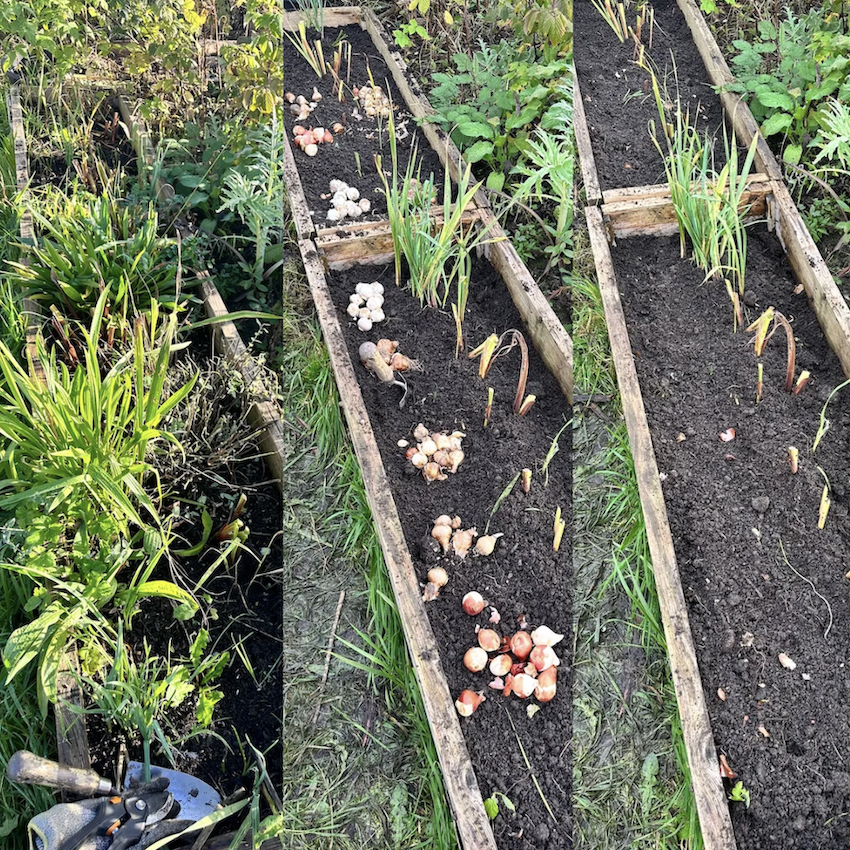
The bulbs are in. I tidied up the large wooden beds on the plot – made from the wood offered to us by a youth counselling service. They were used as tables during creative activities, so while I was working on clearing the weeds, I was also thinking of the New Year. Starting in January, I will be co-creating and holding an environmental arts group therapy in Bristol, so all those old and new bulbs grounded me in the possibilities for heating held in this particular project and in nature in general. I work with an incredibly talented, kind and professional therapist on this and feel supported by an innovative service too, so those thick wooden boxes resemble this incredible container for good healing work. I cannot wait and I am waiting very patiently too. Wintering is always needed – for bulbs and for preparations too. For new ideas and actions to brew.
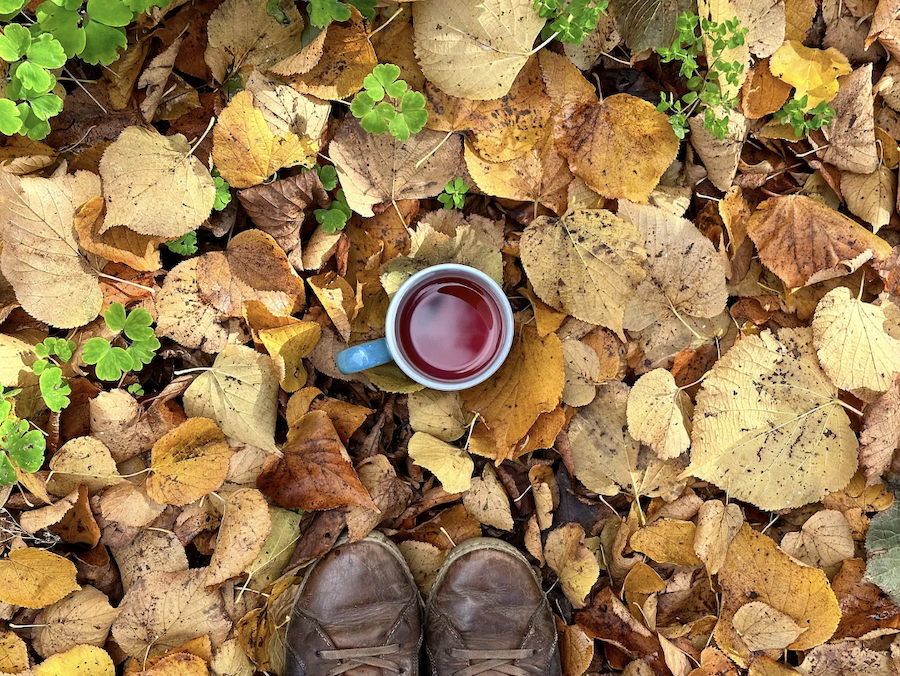
The reason I like autumn so much, to counterbalance the overarching sense of loss and end, is the slower pacing which allows for more thinking time. As the days become shorter and temperatures lower, we slow down. With longer evenings, we have more time to reflect, restore, think and dream up for the following year. If we don’t rush it, we may be able to feel more than we think. We purchase or collect the seeds for the next season. We tidy up the allotments and gardens. We tend to the house plants too. We light first fires and gather around them to share stories and learn from our Elders and each other.
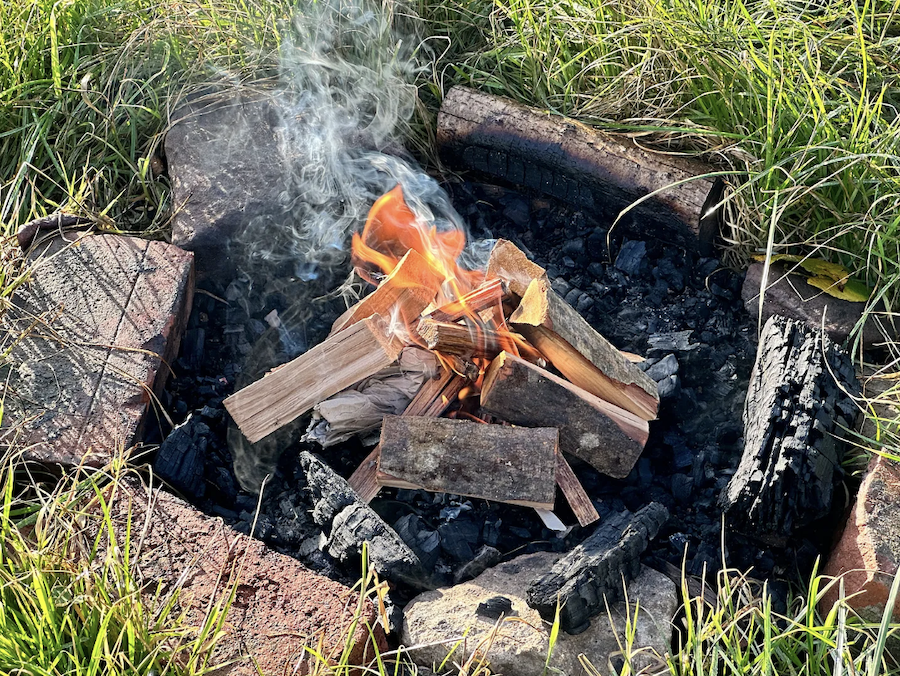
We prepare for the holidays – each of us in our cultures and personal preferences. In our relevant locations around the globe, we attune ourselves to Nature in another cycle – one that nurtues our physical, emotional, social and spiritual needs.
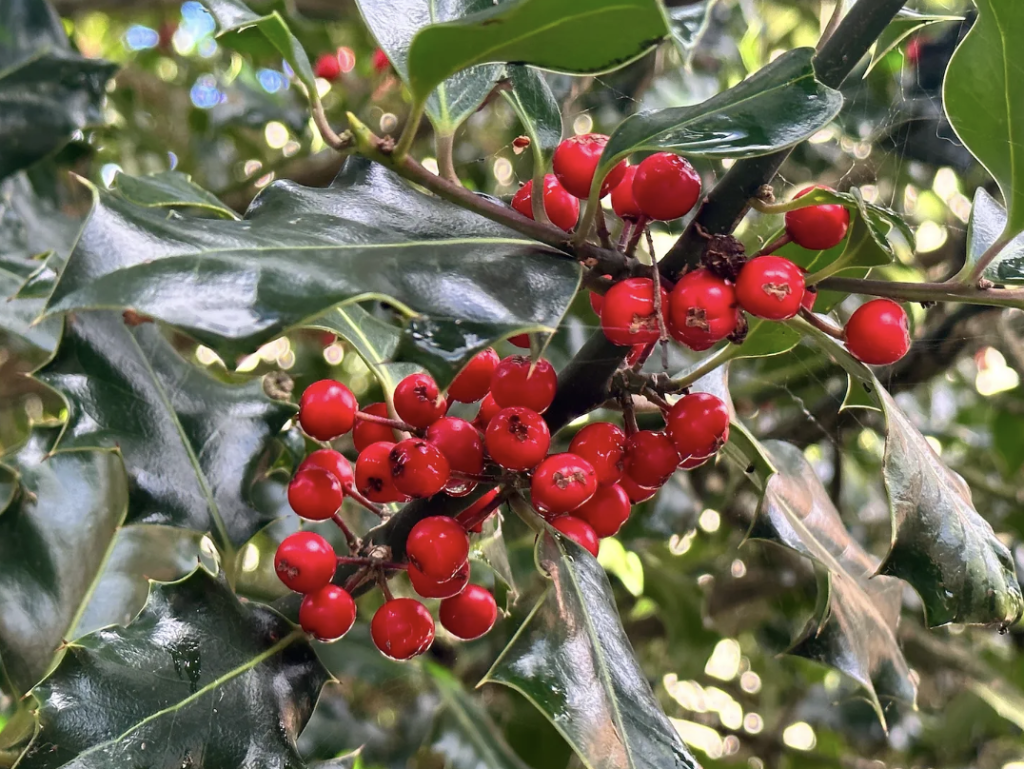
We can resist the immense economic drive to blend it all into one attractive pot if we pay attention. When tuned to ourselves and the world around us, we can hold its complexity, paradoxes and offerings.
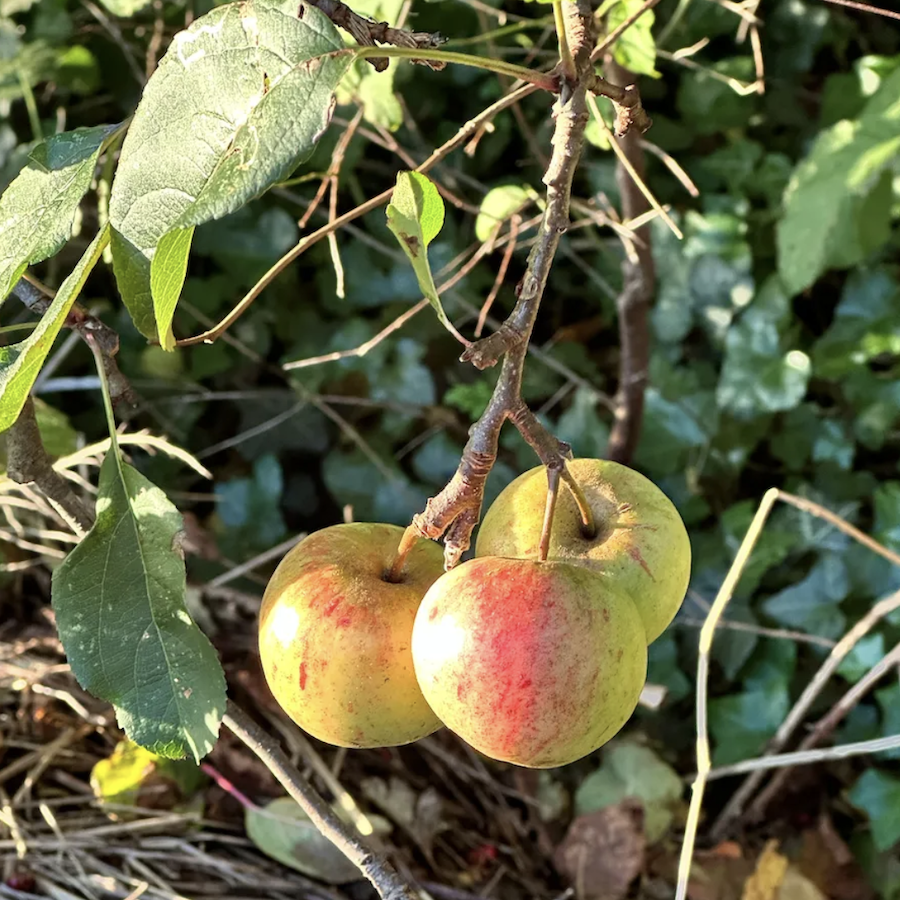
I think it is important to remember our history and the more linear passing of time. I also think it can be healing to think about cycles of life. Each time we arrive at a stop – on the timeline, on the cycle – we can pause and reflect. We can shift our perspective. We can zoom in and zoom out again. We can adjust the lenses or swap them all together. We can shed a bias. We can grow a new skin. We can find and nurture another or that first friend.
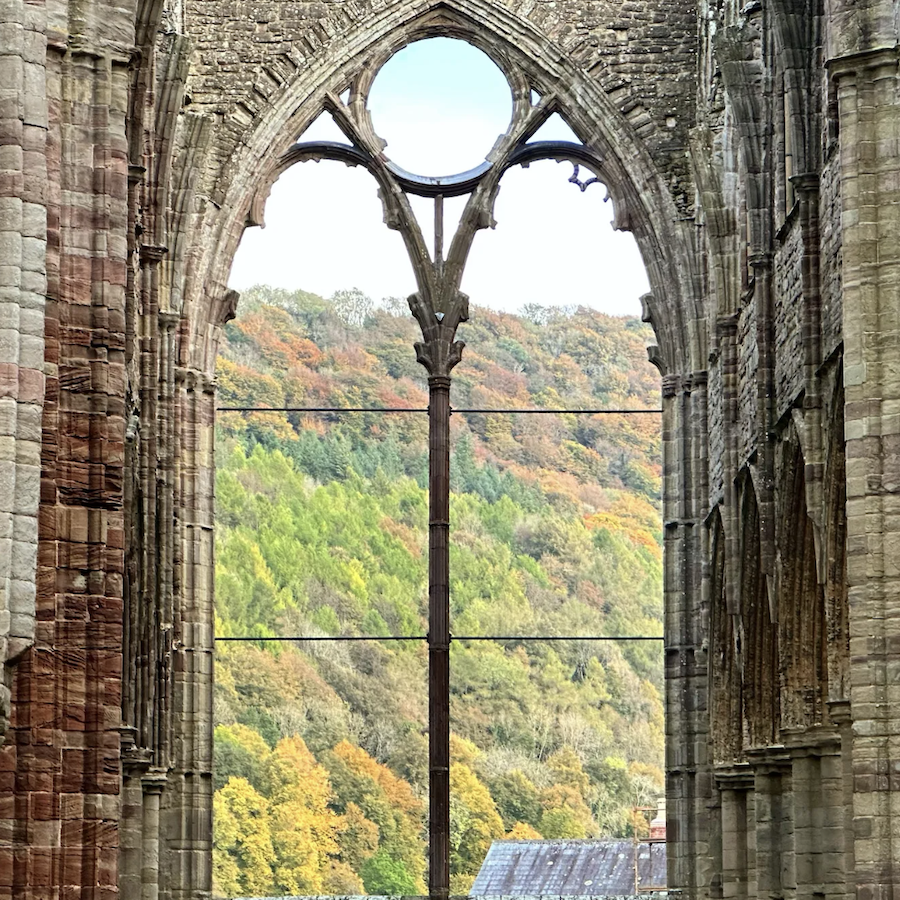
If we accept the idea of a less static life and a less prescribed, certain, defined human, we may be able to move more easily in the river of life. We may invite technology in – this digital tech – just like we have accepted all other technologies before. So, today’s post is a stop. This is an interval for those who read this in your inboxes. For those of you who will read the book, this is the final destination (although you are welcome to join me on Substack too).
So, I would like to leave you with this final image and idea: digital technologies are fluid spaces for us to thrive in. What we do with them and who we will encounter largely depends on the amount of choices we are willing to make. To lean in and reconnect or to disconnect and step out? The answer is complex and ever-changing, so let’s ask nuanced, complex questions. Let’s take the College Green in Bristol (image below) as an example.
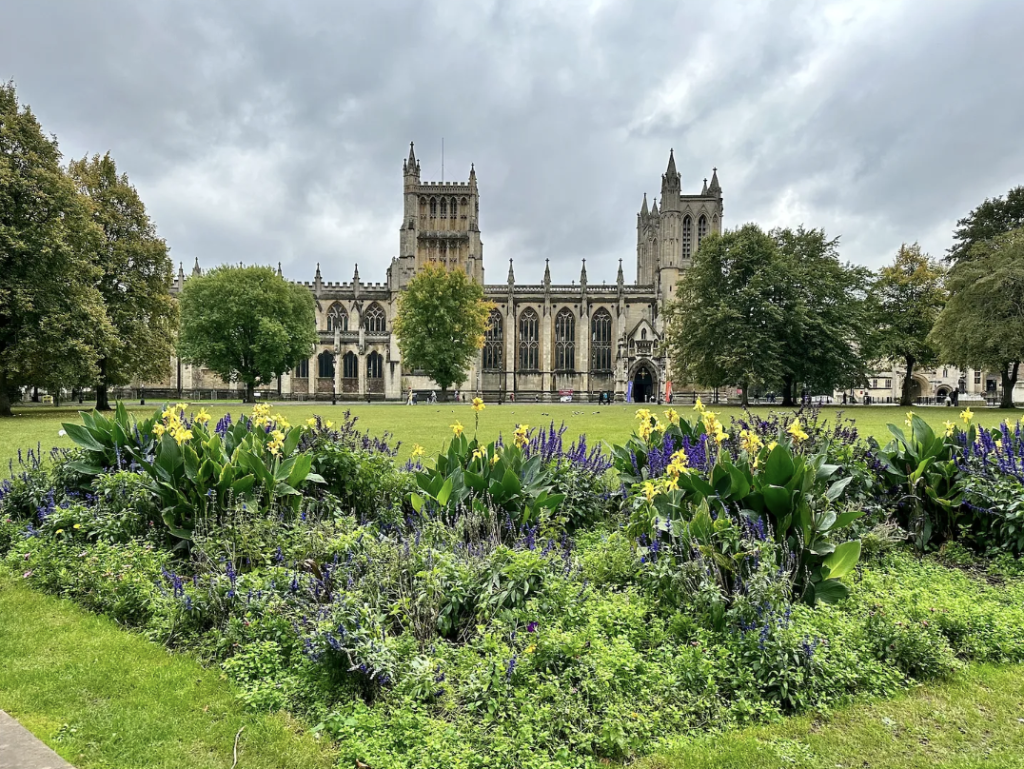
It is a marvel of architecture and spirituality surrounded by a graveyard which to this day offers the coolest patch of grass to sit on. It is also the garden facing the Bristol City Council, welcoming guests and waving flags relevant to current events. It is the meeting place for many, the access to the central library, and so much more. A crossing of time, people and ideas. It is the main protest space in the city where Greta Thunbeg bravely led a climate action protest the very same week her grandfather died. We all joined her in the grief but also the fight for the planet. We stomped all over the grass that day in response to her action calls, leaving a muddy puddle, and the grass grew back stronger.
I invite you to think about digital technologies as landscapes to dream up various ideas for a sustainable future of our kind and individual futures for each and every one of us, all included. The initial, critical question is then this one: what will YOU DO in this space?
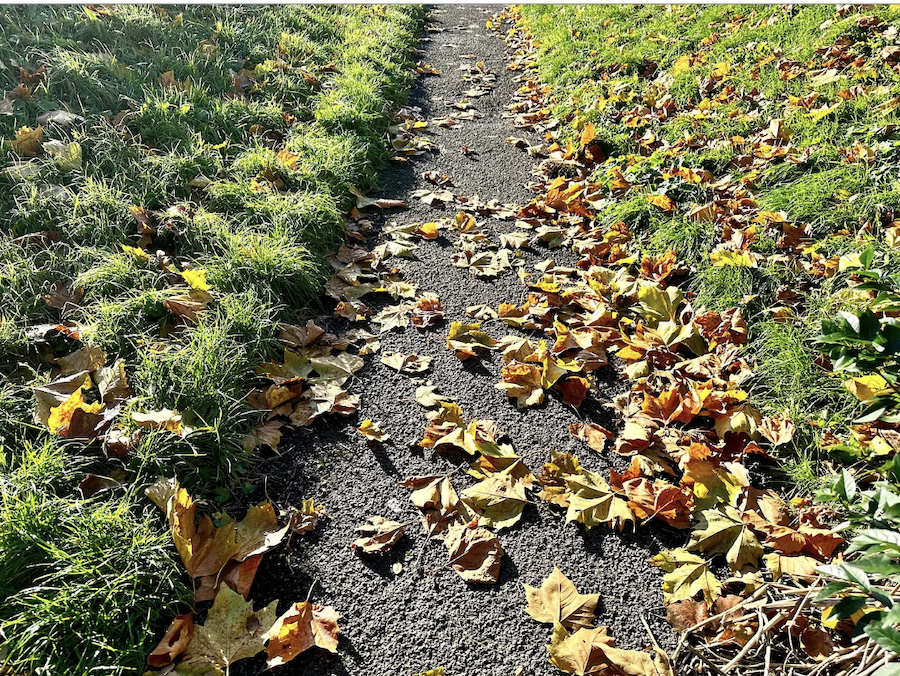
Final update on this first phase of Substack writing and a book project
Just like November marks the beginning of the year in the Celtic calendar, I am wrapping up the first phase of this Substack project. I will continue writing here, of course, but the initial thinking around this space was to publish a printed book after the first annual cycle of this space/newsletter. I started writing here last September, and today, I am publishing the final post, which will be featured in the book. I wrote a few books already, all of which landed in my drawer simply because I had no time in my busy work schedule to sit down and edit them. So this time, with the support of a few friends, I took to Substack to post and edit each post every time I could and write the entire book in small sections. I hope to collate it all and self-publish it over winter.
Regardless of the book project, I will continue publishing Substack posts. I find this space wonderfully enriching for myself and my tribe, for whom this is a great conversation starter in the weeks following the publishing of each post. This space became my Nature and digital wellbeing check-in. Knowing that I need something to write about, I am accessing and noticing Nature even more these days and thinking about my digital habits in the process. I find pushing aside life’s busy rhythms makes it easier to make time for myself in Nature. Maybe we all need a small Nature journal? I think about reflections for digital practice more specifically now and practice what I write about, too. A practice is ever so important in maintaining healthy digital wellbeing!
I have now developed an intimate set of rules on writing here (I only write on a day, which gives me no pressure, and I have unlimited time and no interruptions, for example). Organically, the process of putting together a post emerged, too – I collect photos, download them to my laptop, and decide on critical themes and reflections. I then start typing and allow the Nature update at the beginning of the post to develop those ideas into a more specific article backed by links to people and reads that inspire me or simply images that document my journey. Some of my readers enjoy the photography and call it art, and I have a complex relationship with photography anyway, so I allow the reader to experience this space in the way that works for them.
I am happy to see that my ideas resonate. I once wrote a book about digital wellbeing, and I hid it in a folder because it felt too cognitive and full of facts. Cyberpsychology is much needed, but no cognitive science can describe how we FEEL in the new digitally connected world. Digital wellbeing, to me, is more of a felt sense of reconnecting with ourselves and the world around us. It is a cycle of experience. One, we can magically mould, fold, deconstruct and move forward again into another cycle, spiral, line or any other shape. We dance with it, stumble, identify the cracks, destroy or fail, heal and love again. We are social creatures, so we learn to sit with the uncertainty of the future mainly by finding our supportive, nurturing tribes.
I called my business VoxelHub.org because I personally like the idea of voxels – units of 3D modelling in computer graphics and units of brain scans measured not by a specific location but by their positioning in relation to others. I honestly believe that if we look at ourselves this way in the digital age, we may be able to find safer, healthier, more nurturing, and fulfilling ways to dream up better futures (not just one, but many). That is why I chose to become a liberation practitioner and I hope that some of my ideas here have inspired you to think about your path of liberation towards a more nurturing, reconnected digital wellbeing amongst people who carry you and help you carry on. If you have any feedback for the book or anything to share at any point, feel free to reach out.
Reflective practice
I have started and finished this first phase of the Substack project with questions about our relationship with digital technologies because those questions form the basis of good digital wellbeing. Today, as we mark the end of this cycle and start a new one, I invite you to focus on the bigger picture – our future:
- What distortions do you see in the kaleidoscope of humanity in your digital landscapes? What emotions, actions and responses does this reflection prompt in you? How does it impact your wellbeing?
- How would you like your current digital wellbeing to develop from this perspective towards healthier, happier and more peaceful reflection?
- What parts of your digital activities and experiences would you like to have amplified? What do you need?
- What parts of your digital activities and experiences would you like to limit or move away from? What boundaries do you need to put in place and maintain for better individual and collective wellbeing?
- What digital futures can you imagine moving forward for better individual wellbeing and collective health of our kind and our planetary home?
(I am off to prepare the house for Diwali celebrations and to think about my next Sustack post. Stay subscribed if you need more prompts or connection with Nature and digital landscapes. Thank you, once again, for reading me.)
This post was originally posted on Substack in our Syl’s Liberation Psychologies Newsletter.
